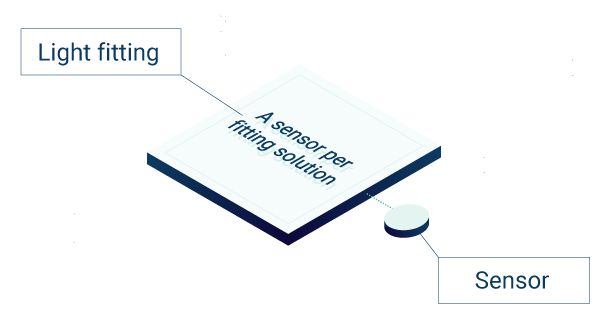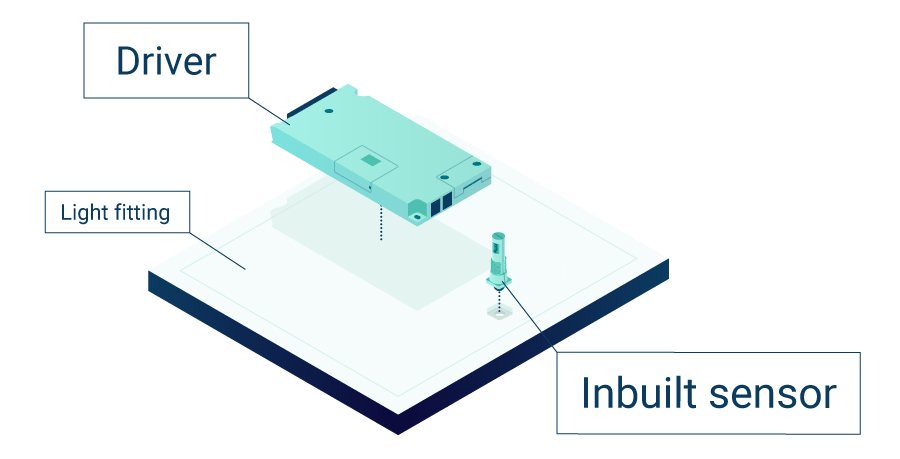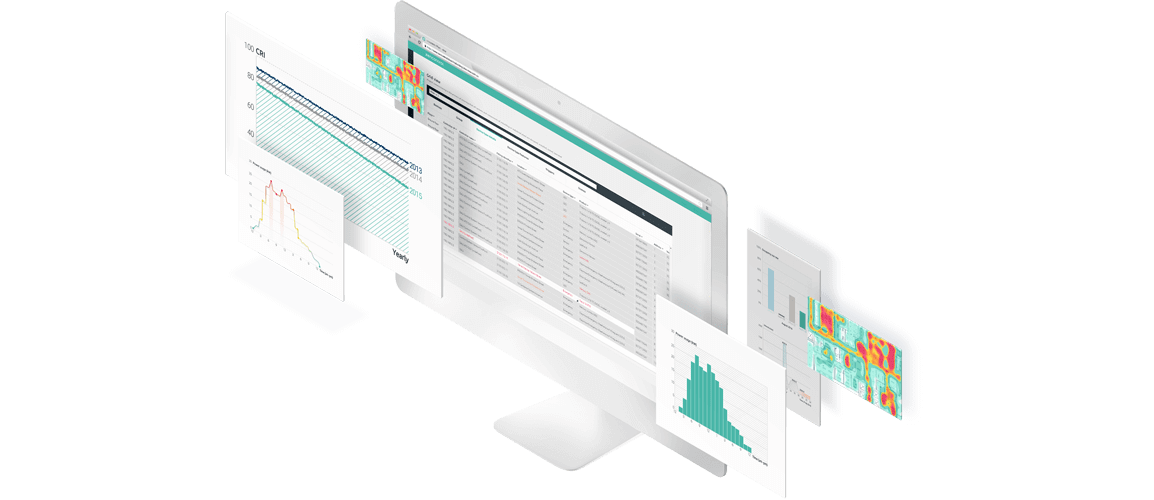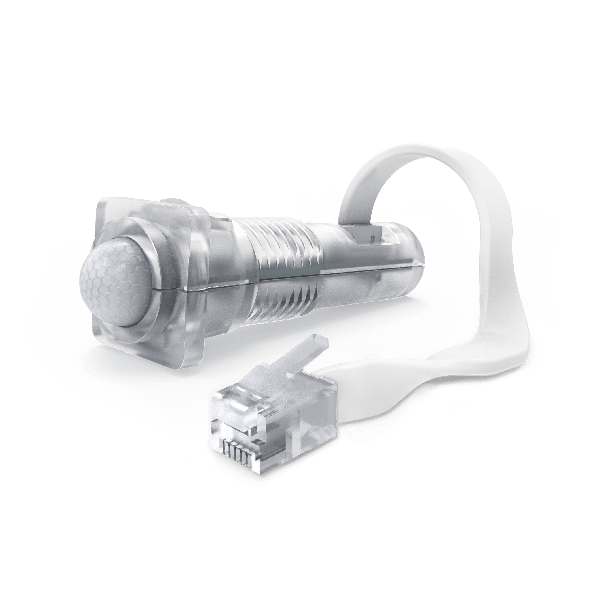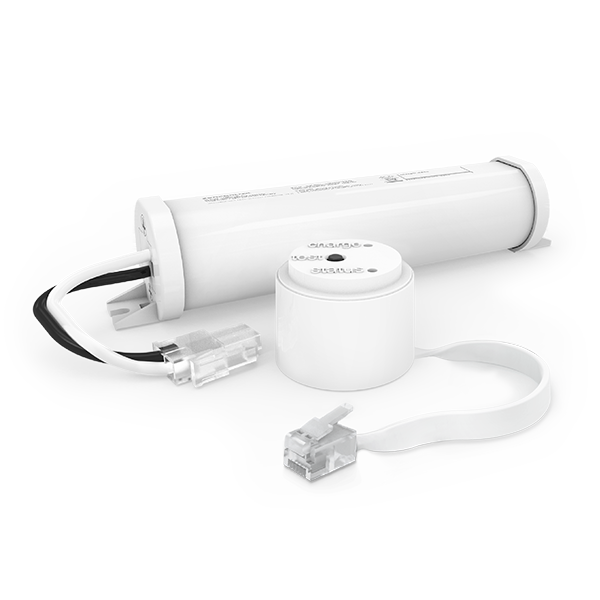DALI-2 / IEC62386 V2
IEC62386 V2 known as DALI-2 allows for the combination of lighting and controls into the same installation without adding an additional bus system, both the luminaire and the sensors are connected to the same bus.
The standardisation provided by IEC62386 V2 allows for interoperability of products from many different vendors, increasing innovation and competition while reducing risk. Wiring is simplified using IEC62386 V2 to combine light fittings and sensors, as it results in only one installation plug on the luminaire.
Installation cost is further reduced as control devices are now controlled by the same wiring as the lighting. This typically saves on the cost normally associated to wiring control devices. The removal of the second control protocol also results in lower control cost and the installation cost associated with gateways or additional controllers.











